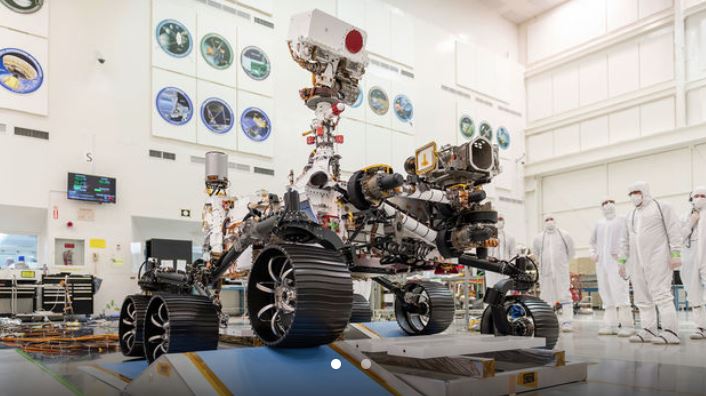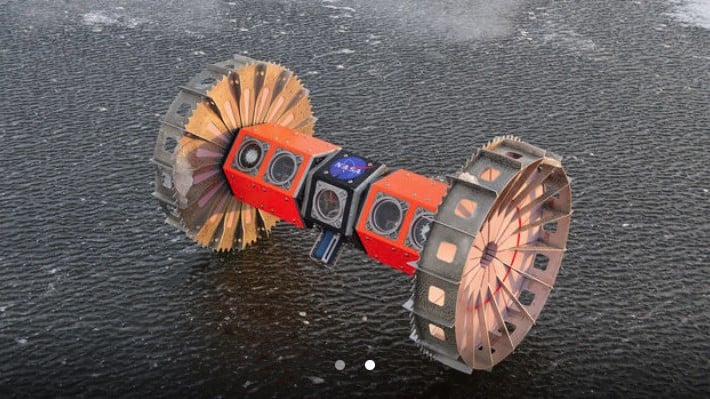Laurence Padman, Earth and Space Research; Fernando Paolo, University of California San Diego, and Helen Amanda Fricker, University of California San Diego
Ask people what they know about Antarctica and they usually mention cold, snow and ice. In fact, there’s so much ice on Antarctica that if it all melted into the ocean, average sea level around the entire world would rise about 200 feet, roughly the height of a 20-story building.
Could this happen? There’s evidence that at various times in the past there was much less ice on Antarctica than there is today. For example, during an extended warm period called the Eemian interglacial about 100,000 years ago, Antarctica probably lost enough ice to raise sea level by several meters.
Ad Title
ARTICLE INLINE AD
















